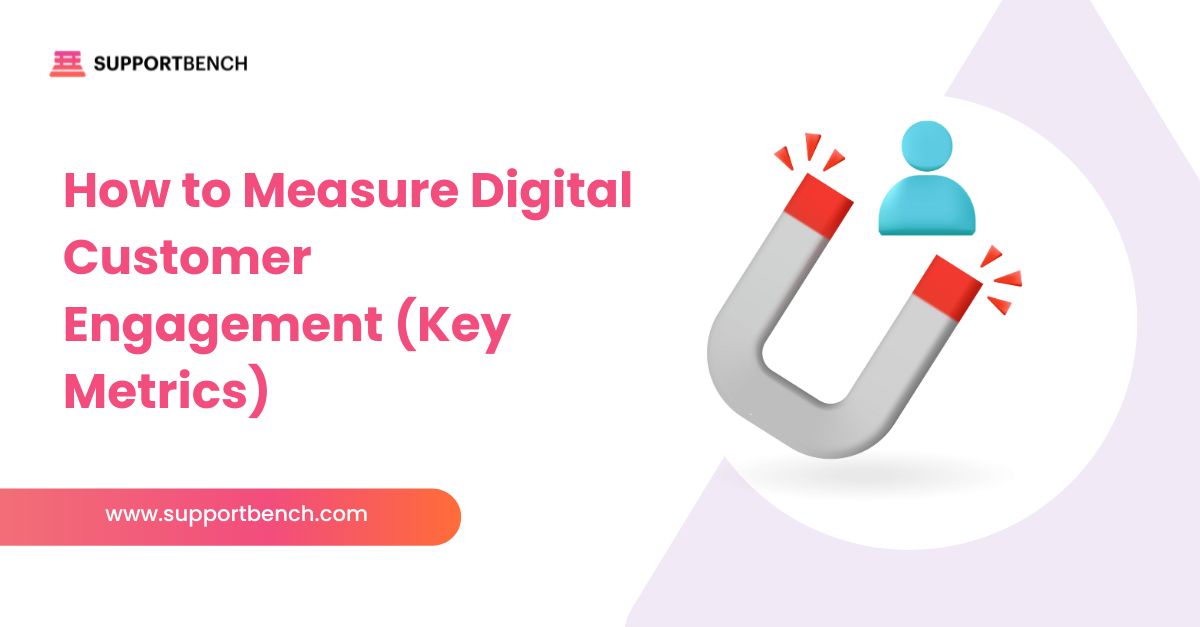Profit margin is one of the most crucial metrics in determining a company’s financial health. It’s not just about how much revenue is generated, but how much of that revenue translates into actual profit. Understanding and calculating profit margin allows businesses to make better pricing, operational, and investment decisions. Here’s a breakdown of everything needed to grasp the concept and importance of calculating profit margins.
Key Insights
Profit margin measures the percentage of revenue that remains after costs are deducted, giving a clear picture of a company’s profitability.
Margins can be calculated using gross profit, operating profit, or net profit, each offering different perspectives on financial health.
A higher profit margin is generally better, but a large difference between gross and net margin can signal underlying issues that need to be addressed.
Profit margins vary by industry, making it important to compare only with businesses in similar sectors for meaningful insights.
One way to increase efficiency and maintain strong profit margins is by optimizing your customer support operations. Tools like Supportbench help companies streamline their customer service, allowing them to reduce operational costs and improve the customer experience, both of which contribute to healthier margins.

What is Profit Margin?
- Profit margin measures the percentage of revenue that remains after all expenses are deducted.
- It indicates how efficiently a company turns sales into profit.
- Higher profit margins generally suggest greater financial health and operational efficiency.
There are three key types of profit margins to focus on:
Gross Profit Margin (GPM): This measures how much money you keep after covering the cost of goods sold (COGS). It’s a straightforward look at how well your products are performing, minus the direct costs of production.
Formula: (Revenue – Cost of Goods Sold) / Revenue×100
A simple example of this is, a company sells a product for $100, and it costs $60 to produce. The gross profit margin would be (100−60)/100×100=40%
Operating Profit Margin (OPM): This calculation goes a step further by factoring in operating expenses like rent, utilities, and payroll. It gives you a more comprehensive view of how much money is left after covering day-to-day operations but before paying taxes or interest.
Formula: Operating Income / Revenue×100
So, imagine a business has a total monthly operating costs of $10,000, and you generate $15,000 in sales. After accounting for those operating costs, your operating profit margin would be 33%
Net Profit Margin (NPM): This is the granddaddy of all margins. It tells you how much profit is left after all expenses, including taxes and interest, have been paid. This is the one we have to pay the closest attention to.
Formula: Net Profit / Revenue×100
Example: So, if a company earns $20 after all expenses, from $100 revenue, the net profit margin is 20%.
Supportbench: Streamlining Efficiency and Boosting Profitability
Since every operational efficiency matters, Supportbench is pivotal in helping companies improve their profit margins by transforming how they manage customer service. By automating processes, such as case management, SLA tracking, and AI-powered ticket routing, Supportbench reduces the time and resources needed to resolve issues. This operational efficiency allows companies to cut costs while improving customer satisfaction, directly impacting both gross and net profit margins. Also, gaining deep insights into customer support data, Supportbench can provide companies with metrics that can be used to fine-tune service operations. These insights help reduce churn, lower acquisition costs through better customer retention, and identify areas to enhance service, all of which contribute to stronger profit margins.

Why Profit Margin Matters
- Pricing Strategy: Companies use profit margins to assess pricing strategies. A thin margin may indicate underpricing or excessive costs, while a large margin might signal a strong market position or high product value.
- Investor Attraction: Investors often look at profit margins to gauge the profitability and long-term viability of a business. Consistently high margins make a company attractive for investment.
- Business Performance: Monitoring profit margins helps businesses evaluate the impact of cost controls and revenue management on overall performance.
Let’s use Apple as a quick calculation example. For the fiscal year 2023, Apple reported gross revenue of $394 billion. With a gross profit of $170 billion and a net profit of $99 billion, let’s calculate the margins.
Gross Profit Margin: ($170B ÷ $394B) × 100 = 43.15%
Net Profit Margin: ($99B ÷ $394B) × 100 = 25.13%
These numbers show us why Apple is one of the most profitable companies in the world. They can clearly keep a massive chunk of their revenue as profit after covering the cost of their goods sold and all of their other expenses.

How to Calculate Profit Margin Step-by-Step
- Determine Revenue: Identify the total sales or revenue generated over a specific period.
- Calculate Costs:
- For gross margin, subtract the cost of goods sold (COGS).
- For operating margin, subtract operational expenses.
- For net margin, deduct all expenses, including taxes and interest.
- Apply the Formula: Use the relevant formula based on the margin type (Gross, Operating, or Net).
- Analyze the Results: Compare against industry benchmarks or past performance to assess where adjustments are needed.
So, how can we Improve Profit Margins?
It’s not simply about cutting costs—it’s about running a smarter, leaner operation. Here are a few strategies that I have found that have worked for many companies across various industries:
Track Income and Expenses Religiously
You can’t improve what you don’t measure. Regularly audit your income and expense streams to ensure you’re not bleeding money in areas that don’t add value.
Increase Operational Efficiency
Can you automate processes? For example, many eCommerce companies now use AI-driven chatbots to manage customer service, saving on labor costs. Look for similar opportunities in your business.
Negotiate with Vendors
Whether you’re in manufacturing, retail, or SaaS, you likely rely on vendors for raw materials or services. Building strong relationships and negotiating better terms can significantly boost your gross profit margin.
Improve Customer Retention
Acquiring new customers is expensive. Focus on customer loyalty and retention to reduce acquisition costs and increase lifetime value. Email marketing, loyalty programs, and exceptional service are excellent ways to do this.

Key Takeaways for Business Leaders
- Focus on Efficiency: Higher profit margins are often achieved through operational efficiency, not just increasing revenue. Reducing unnecessary costs and improving productivity can greatly improve margins.
- Monitor Regularly: Profit margins should be tracked consistently to spot trends and act quickly on potential issues.
- Diversify for Stability: Businesses with a mix of products or services often find that some areas yield higher margins than others. Focus on scaling high-margin offerings while keeping low-margin segments in check.
Knowing how to calculate profit margin empowers decision-makers to gauge not just how much money is being made, but how efficiently it’s being earned. Gross, operating, and net profit margins each tell a story about different facets of the business—whether it’s the cost of goods, operational efficiency, or overall financial health. Tools like Supportbench are invaluable in this process, as they provide companies with real-time insights into customer service efficiency, helping to identify areas where costs can be optimized without compromising service quality.
But remember, profit margin is more than just a figure on a balance sheet. It provides critical insight into the inner workings of a company. Whether optimizing pricing strategies, identifying cost-saving opportunities, or improving product offerings, understanding these financial metrics will help guide better decisions and strengthen strategic planning. With Supportbench’s AI-powered customer service platform, companies can further reduce operational inefficiencies and streamline support processes, which directly impacts overall profitability.
Ultimately, business success isn’t just about generating revenue, but about creating a pathway for sustainable growth. By consistently monitoring and improving profit margins, companies can not only increase profitability but also drive long-term value. Supportbench plays a crucial role in this journey by offering tools that enhance customer satisfaction and retention while keeping operational costs low, thus contributing to higher profit margins.
Now is the time to take action. Dive into the data, analyze the numbers, and explore how even small adjustments can have a significant impact. The journey to a healthier profit margin begins with understanding—and acting on—the financial metrics that matter most. Solutions like Supportbench allow companies to do this more efficiently by integrating AI to make smarter, data-driven decisions that boost both customer satisfaction and the bottom line.















